A Day in the Life of a Climate-Friendly Birder
By Joyce Mercado
We all love observing and identifying birds. What joy birds bring us! We naturally want to protect what we love. With that said, climate change is a big threat to birds. When we use fossil fuels like coal, oil, and natural gas for energy, we release carbon dioxide into the atmosphere. This excess carbon dioxide acts like a heat-trapping blanket, warming our air, land, and sea. A change in our climate results in a movement of food supplies for birds, a disruption of established migratory patterns, and a loss of critical habitats that serve as breeding and feeding grounds. Audubon’s research shows that two-thirds (389 out of 604) of North American bird species are at risk of extinction from climate change.
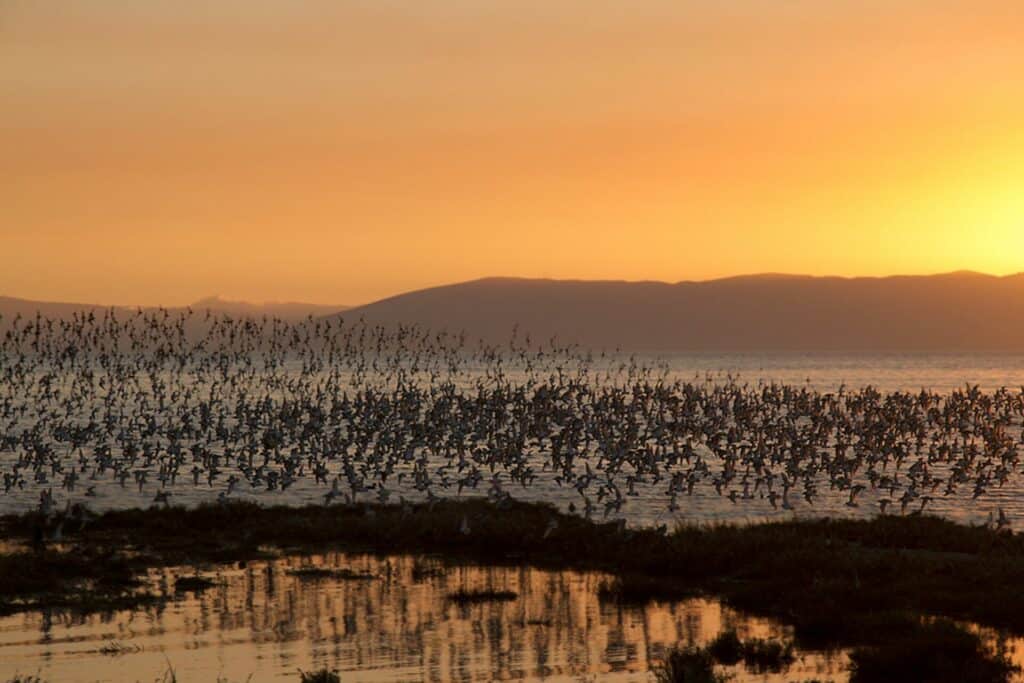 Shorebirds at Elsie Roemer – Rick Lewis
Shorebirds at Elsie Roemer – Rick Lewis
The good news is that science also shows that if we act now, we can help improve the chances for 76% of species at risk. What can one birder do to help protect the climate and thereby help protect our feathery friends? Climate change can seem to be an overwhelming challenge, but there is a lot birders can do individually to protect the climate.
Let us look at a day in a birder’s life. You are planning a trip with a friend to go birding. After your cup of bird-friendly coffee (check out Golden Gate Bird Alliance’s bird-friendly coffee club for an easy way to buy shade-grown organic beans), the first thing to sort out is transportation. Perhaps you can bike or walk to a favorite birding spot for a zero-emissions trip, if it is close enough. If that is not feasible, carpooling with your friend cuts trip emissions in half. Even better if one of you has an electric vehicle. You have recently checked your tire pressure to improve mileage by as much as three percent. And you are not hauling around a bunch of stuff in your vehicle that you do not need on a regular basis, since that hurts gas mileage.
 Reusable Sandwich Bags
Reusable Sandwich Bags
Pack your lunch and snacks in a reusable lunch bag with reusable silicone baggies or beeswax wrap. The less single-use stuff we use the better, because all consumer goods generate emissions in their manufacture, shipping, and disposal. The most climate-friendly lunch will be mainly plant-based, since fruits, vegetables, grains, nuts, legumes, bivalves, and small ocean fish produce less emissions than meat, dairy, or other seafood products.…

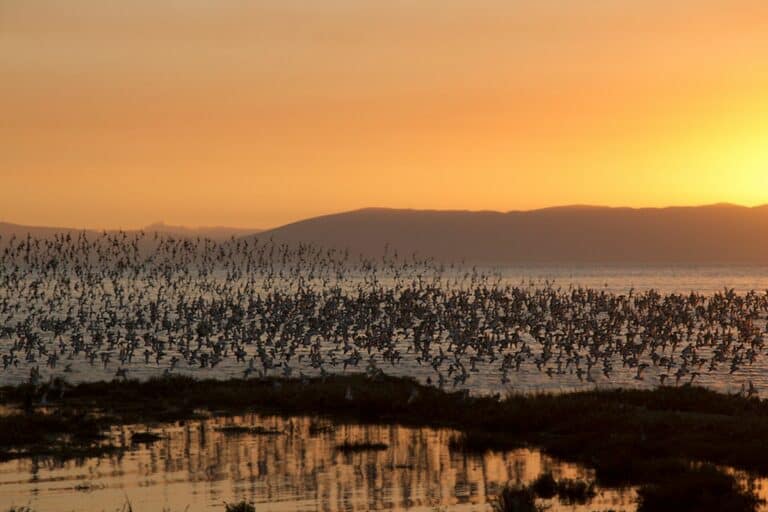

 Credit: Rulenumberone
Credit: Rulenumberone 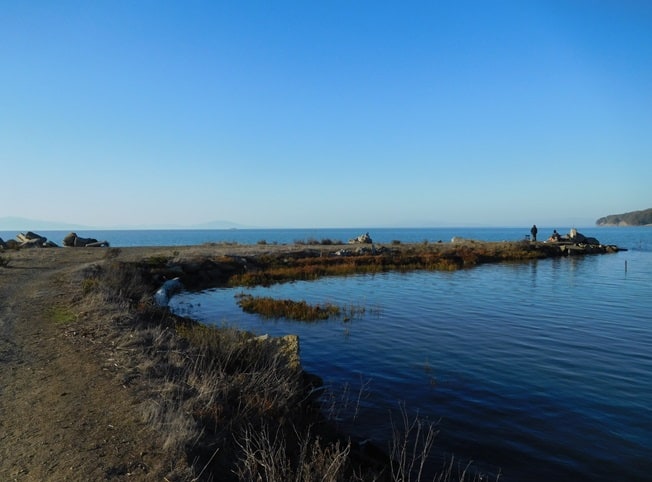

 Birding at a natural area near our home in Fort Collins, Colorado
Birding at a natural area near our home in Fort Collins, Colorado
 View from Golden Gate Overlook during a recent visit to San Francisco
View from Golden Gate Overlook during a recent visit to San Francisco
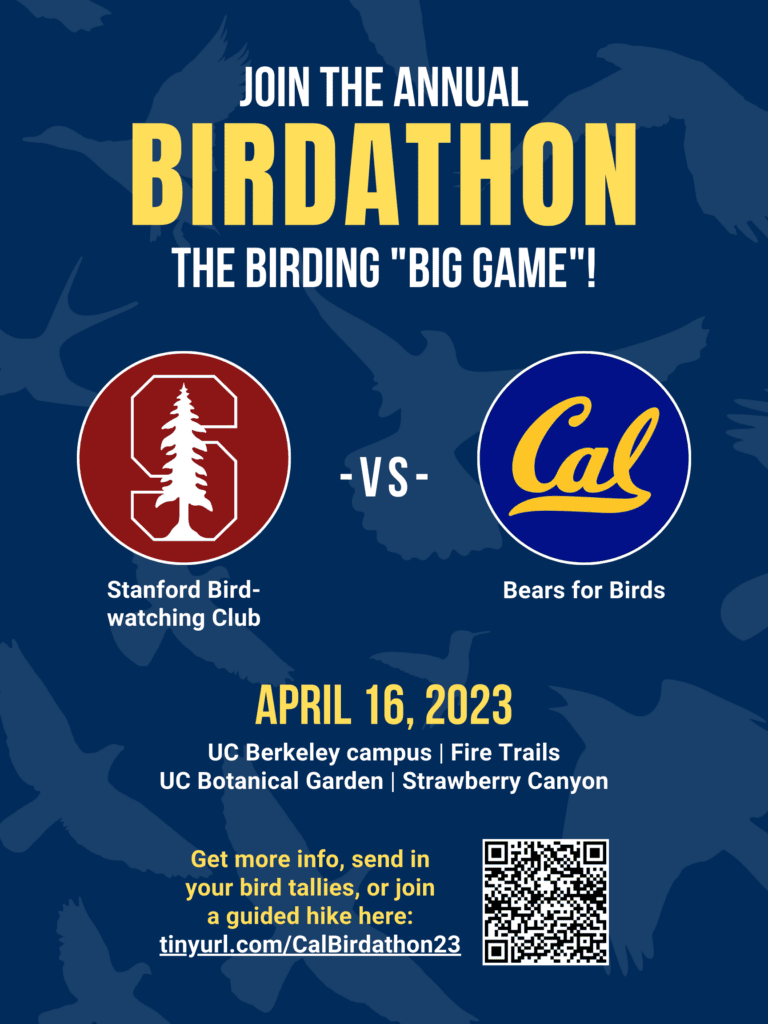
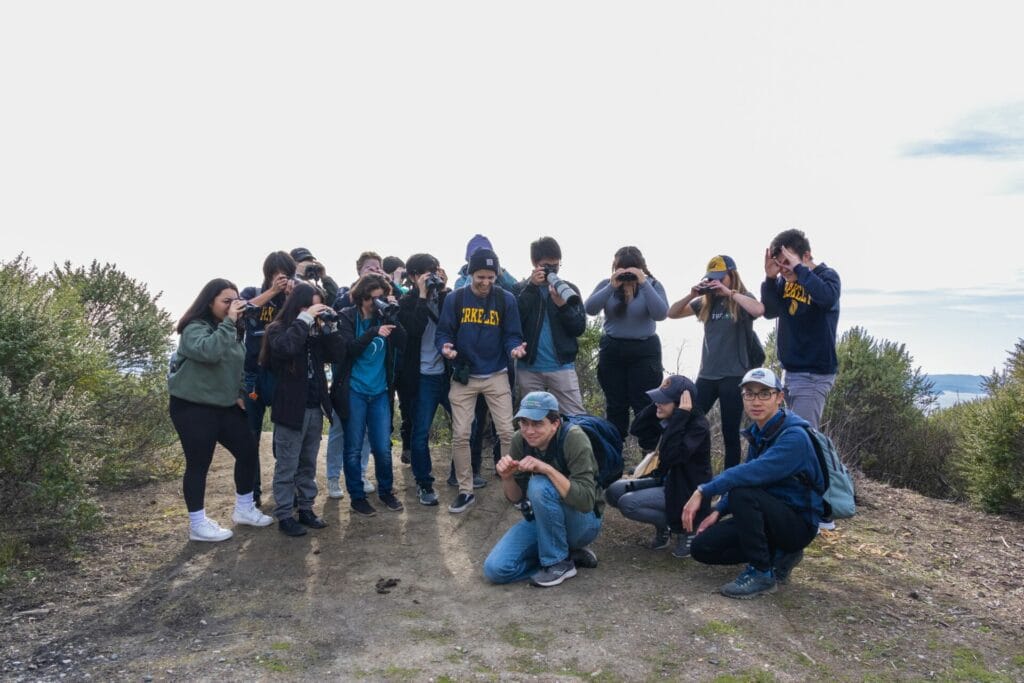 Stanfordians become the avians at Vollmer Peak.
Stanfordians become the avians at Vollmer Peak.
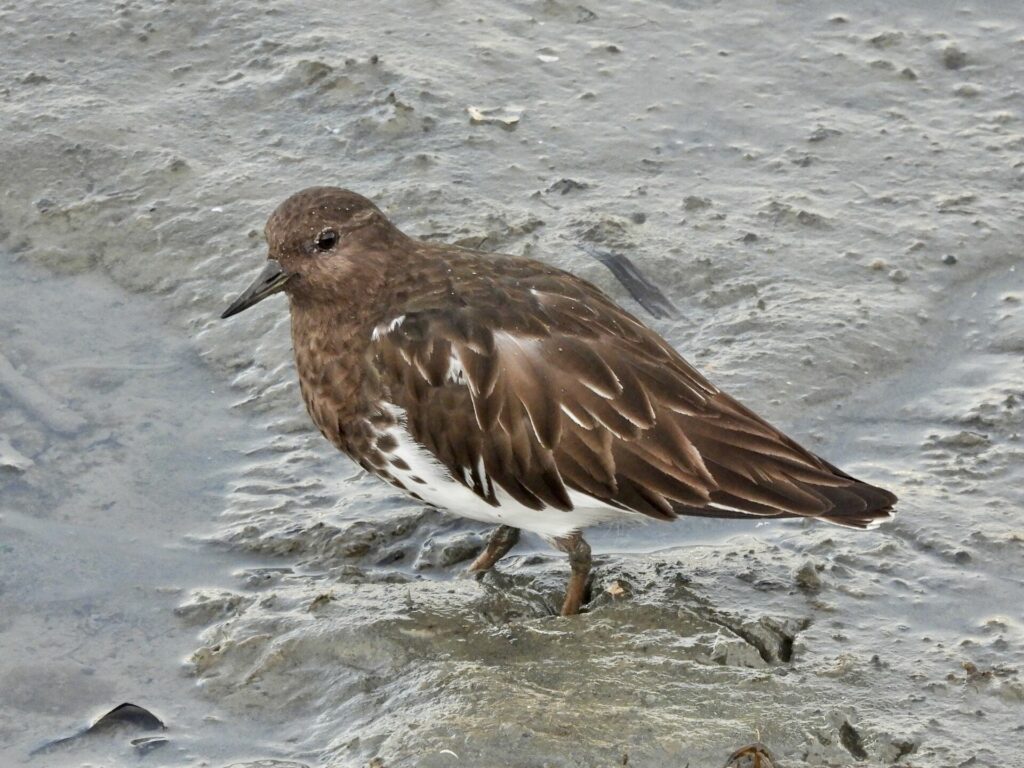 Black Turnstone at Cesar Chavez Park. Photo Credit: Zihan Wei
Black Turnstone at Cesar Chavez Park. Photo Credit: Zihan Wei